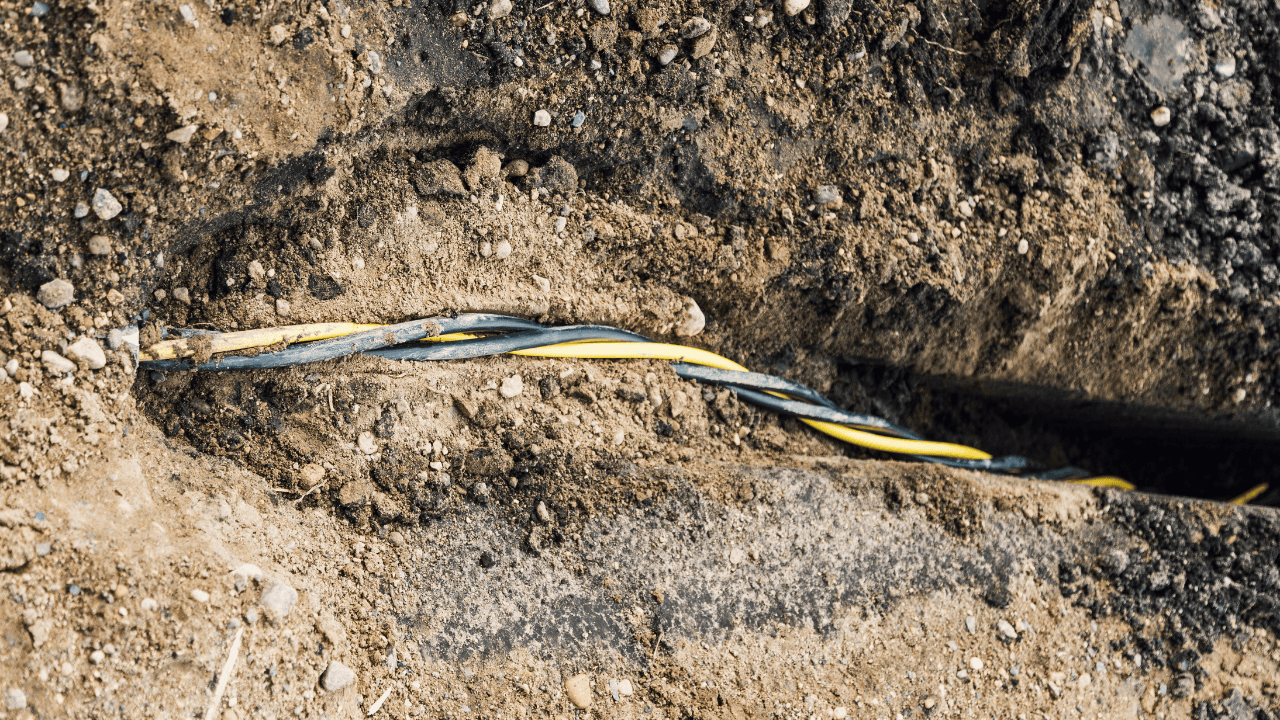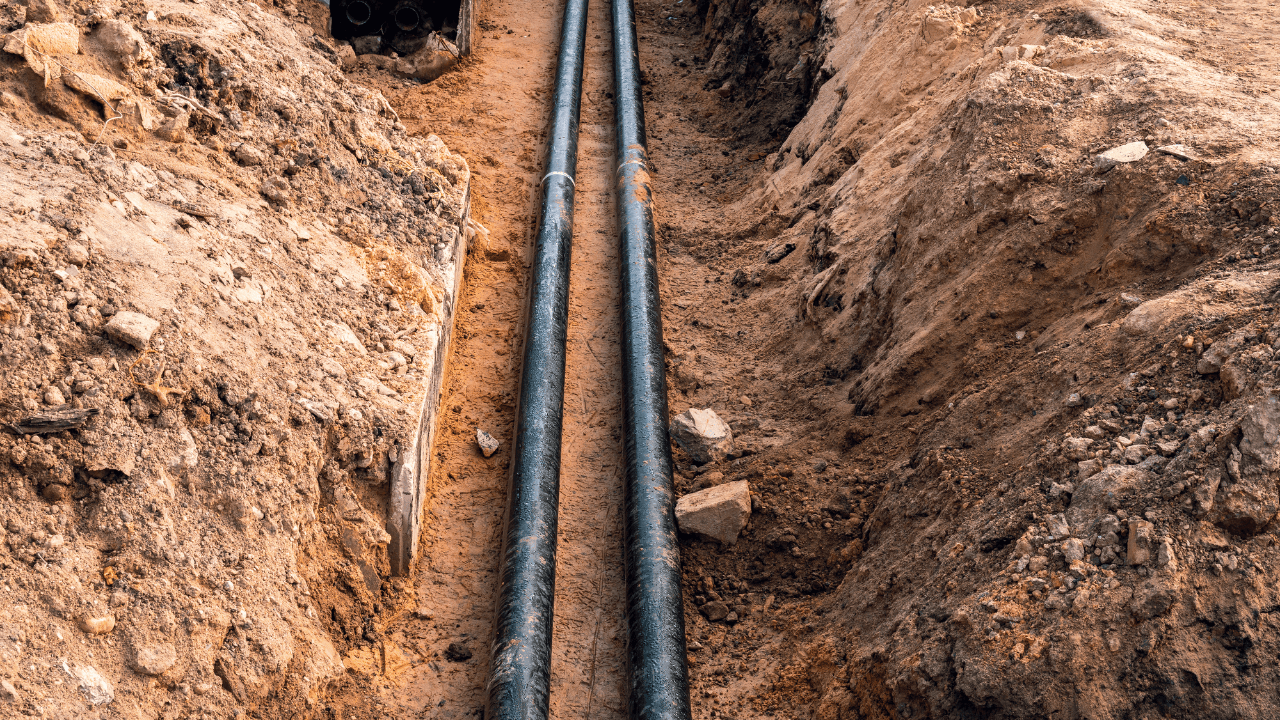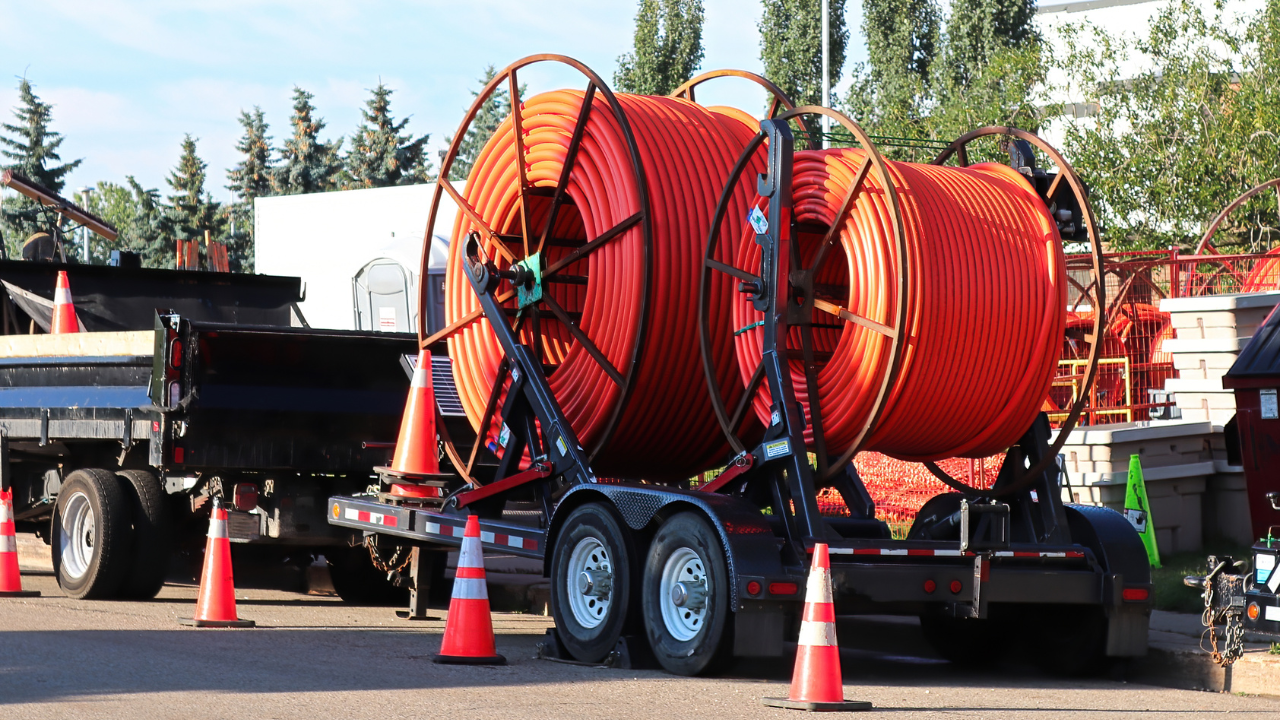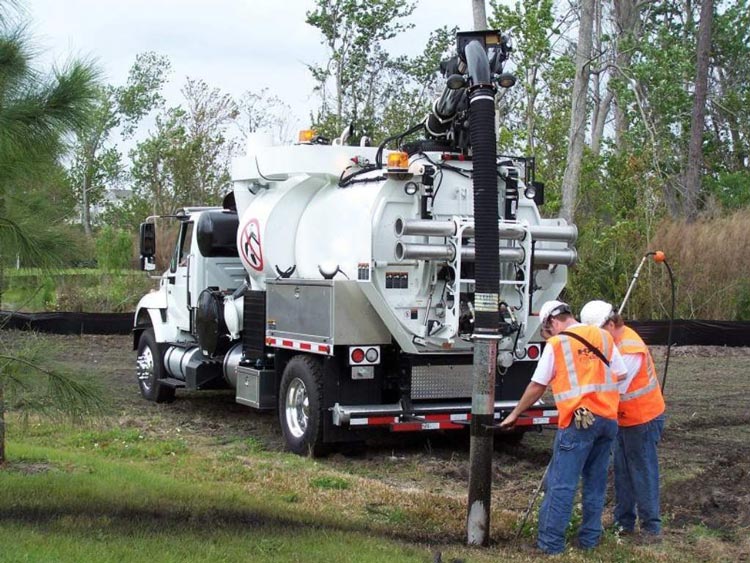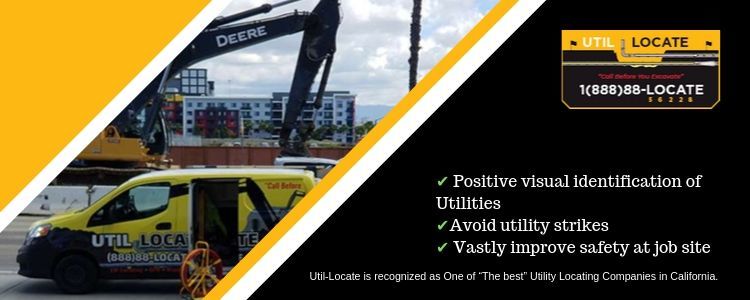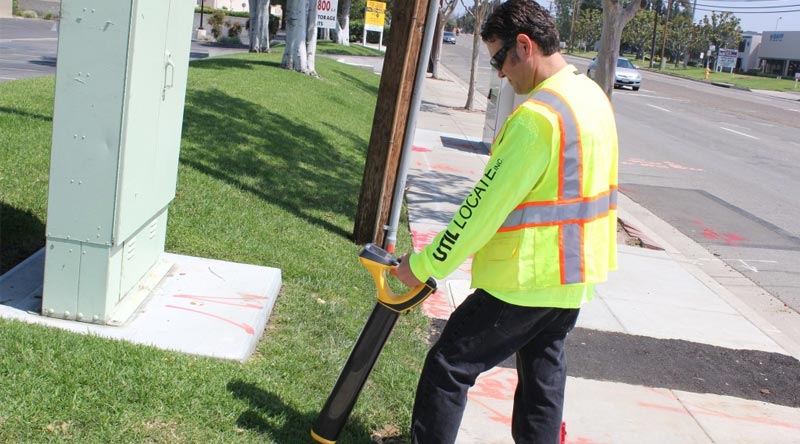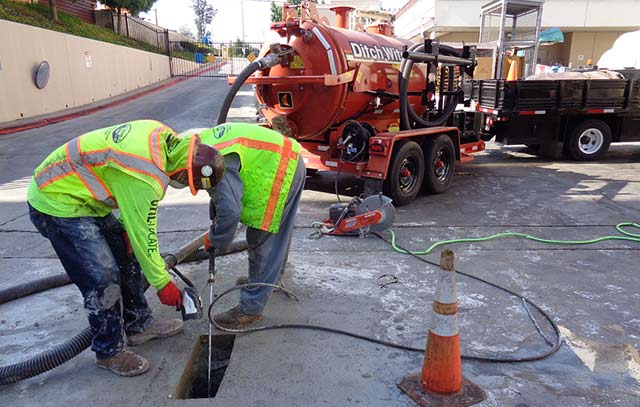Key Takeaways
- Different technologies like GPR, EMI, acoustic locating, and magnetic locating enable precise mapping of underground utilities, enhancing excavation accuracy.
- Ground Penetrating Radar (GPR) is versatile, detecting both metallic and non-metallic materials, making it ideal for a variety of subsurface conditions.
- Electromagnetic Induction (EMI) offers quick, real-time results, ideal for locating metallic utility lines without disrupting the surface.
- Acoustic locating is particularly effective for water and sewer lines, providing a non-disruptive way to detect leaks and hollow spaces.
- Magnetic locating is useful for older iron and steel pipelines, providing targeted detection in historical or outdated infrastructure projects.
Every successful excavation or construction project begins with a thorough understanding of what lies underground.
Beneath the surface are unseen utility lines, such as electrical, water, and communication conduits. pose serious risks if struck accidentally. Fortunately, today’s advanced underground utility locating technologies, like ground penetrating radar (GPR) and electromagnetic induction (EMI), offer precise ways to map these hidden structures.
By utilizing these tools, project teams can prevent costly damage, enhance safety, and streamline project planning.
This article explores the key technologies used for locating underground utilities and the invaluable benefits they bring to modern excavation efforts.
Understanding Different Types of Technologies for Utility Location
Utility location relies on several sophisticated technologies that help detect and map various underground conduits. Each technology has unique applications and advantages, making them useful for specific types of projects.
Here are some of the key tools used in underground utility locating:
1. Ground Penetrating Radar (GPR)
Ground Penetrating Radar (GPR) is one of the most widely used technologies for locating underground conduits. GPR works by emitting high-frequency radio waves into the ground. When these waves encounter an object, they bounce back to the surface, where a receiver picks them up and interprets the reflections to create an image.
This allows utility locating services to detect underground utility lines, pipes, and other structures with remarkable accuracy.
Advantages of GPR include:
- Versatile Detection: GPR can detect both metallic and non-metallic materials, such as concrete pipes and fiber optic cables.
- Non-Invasive Method: Without any physical digging, GPR can locate underground conduits safely.
- Clear Imaging: Detailed visual representations allow project planners to assess areas accurately before excavation.
Consider an urban construction project where GPR technology enables precise electrical line locating. By using GPR to visualize these lines, contractors can safely plan around electrical conduits, ensuring minimal disruptions to public areas.
2. Electromagnetic Induction (EMI)
Electromagnetic Induction (EMI) is another widely applied technique in utility locating services. EMI functions by generating a magnetic field that detects conductive materials, making it ideal for locating metallic structures like power lines and water pipes.
This method is particularly useful for detecting power lines that may be buried deep underground.
Benefits of EMI include:
- Effective for Metal Detection: EMI is specialized for detecting metal-based conduits, such as electrical and power lines.
- Quick, Real-Time Results: EMI provides instant feedback, which is highly valuable for urgent projects.
- Cost-Effective and Efficient: EMI minimizes the need for surface disruption and saves on excavation costs.
In cases where power line locating is crucial, EMI allows contractors to map these lines without any disturbance to the ground. The ability to obtain real-time data helps streamline projects while ensuring worker safety.
3. Acoustic Locating
Acoustic locating is an innovative technology that uses sound waves to detect underground utility lines, primarily those that contain fluids, like water and sewer pipes. Acoustic locators use sound to detect leaks or hollow spaces, making them a valuable tool for specific applications.
Advantages of acoustic locating:
- Ideal for Detecting Water Lines: Sound waves help identify hollow or fluid-filled spaces, making them useful for water pipe and sewer line locating.
- Leak Detection: Acoustic locating can pinpoint leaks in pipes, which is valuable for maintenance and repairs.
- Non-Disruptive Technology: This method allows for detection without physical disruption of the landscape.
In projects that require identifying water lines, such as during a plumbing installation or repair, acoustic locating provides clarity without additional excavation. Its efficiency in locating leaks is also a great benefit for maintenance work.
4. Magnetic Locating
Magnetic locating technology relies on sensors to detect magnetic fields produced by underground metal structures. This approach is especially effective for locating ferrous metal pipes and markers, even if they are buried deep underground. Magnetic locating tools are simple yet effective for detecting iron and steel conduits.
Key benefits of magnetic locating include:
- Precise for Ferrous Metals: Magnetic locators work best with iron or steel, which are common in older utility lines.
- Non-Interference with Non-Metallic Structures: Magnetic locators ignore non-metallic objects, focusing only on metallic conduits.
- Environmentally Friendly and Safe: With no emissions, magnetic locating is safe for both workers and the environment.
An example where magnetic locating is useful is in locating old, abandoned iron pipelines that may not appear in modern maps. This technology can prevent accidental hits and reduce project risks significantly.
Key Benefits of Utility Locating Services for Underground Projects
Using a combination of these utility locating technologies provides many advantages to contractors, builders, and utility companies. Here are some of the key benefits of using professional underground utility locating services:
- Enhanced Accuracy: By leveraging technologies like GPR, EMI, and magnetic locating, utility locating services offer precise mapping of underground conduits. This reduces the chance of hitting vital infrastructure and enables safer digging.
- Improved Safety: Locating underground conduits accurately minimizes the risk of hitting power lines or water pipes, protecting workers and equipment from potential hazards.
- Cost Efficiency: With accurate utility locating, excavation projects can avoid costly repairs and unnecessary delays. Knowing the layout beforehand leads to better budgeting and planning.
In an office setting, these insights allow project managers to create detailed plans with clear safety protocols. Utility locating services provide a structured approach that benefits teams by ensuring efficient resource allocation and timeline accuracy, reducing the need for last-minute adjustments.
Practical Applications of Utility Locating Technologies
Utility locating technologies like GPR, EMI, acoustic locating, and magnetic locating are applicable to numerous project types. Below are some common scenarios where these technologies prove essential:
- Urban Construction: Utility conduit locating helps contractors detect and avoid hidden conduits in busy city centers. This allows for safer construction with minimal impact on daily public activities.
- Landscaping Projects: When installing landscapes, detecting underground utilities is essential to avoid damage to existing infrastructure. These tools help in precise planning and trenching.
- Maintenance and Repairs: Technologies like acoustic locating are perfect for detecting leaks or blockages in water and sewer lines. Utility locating ensures smoother repair operations by avoiding unnecessary excavation.
- Infrastructure Upgrades: When upgrading utilities in older areas, magnetic locating aids in finding old iron or steel conduits, making projects faster and safer.
These applications demonstrate the diverse ways in which utility locating technologies contribute to modern construction and maintenance. By applying these tools effectively, contractors and project teams can complete their tasks safely, efficiently, and within budget.
Unlock Greater Project Efficiency with Utility Locating Services
Achieve unmatched safety and precision in your excavation projects with Util-Locate. From electrical line locating to identifying power conduits, tools like GPR and EMI provide the insights you need to work confidently.
Start your next project on the right foot and connect with us for trusted underground utility locating services in California to ensure a safe, accurate, and efficient excavation.

